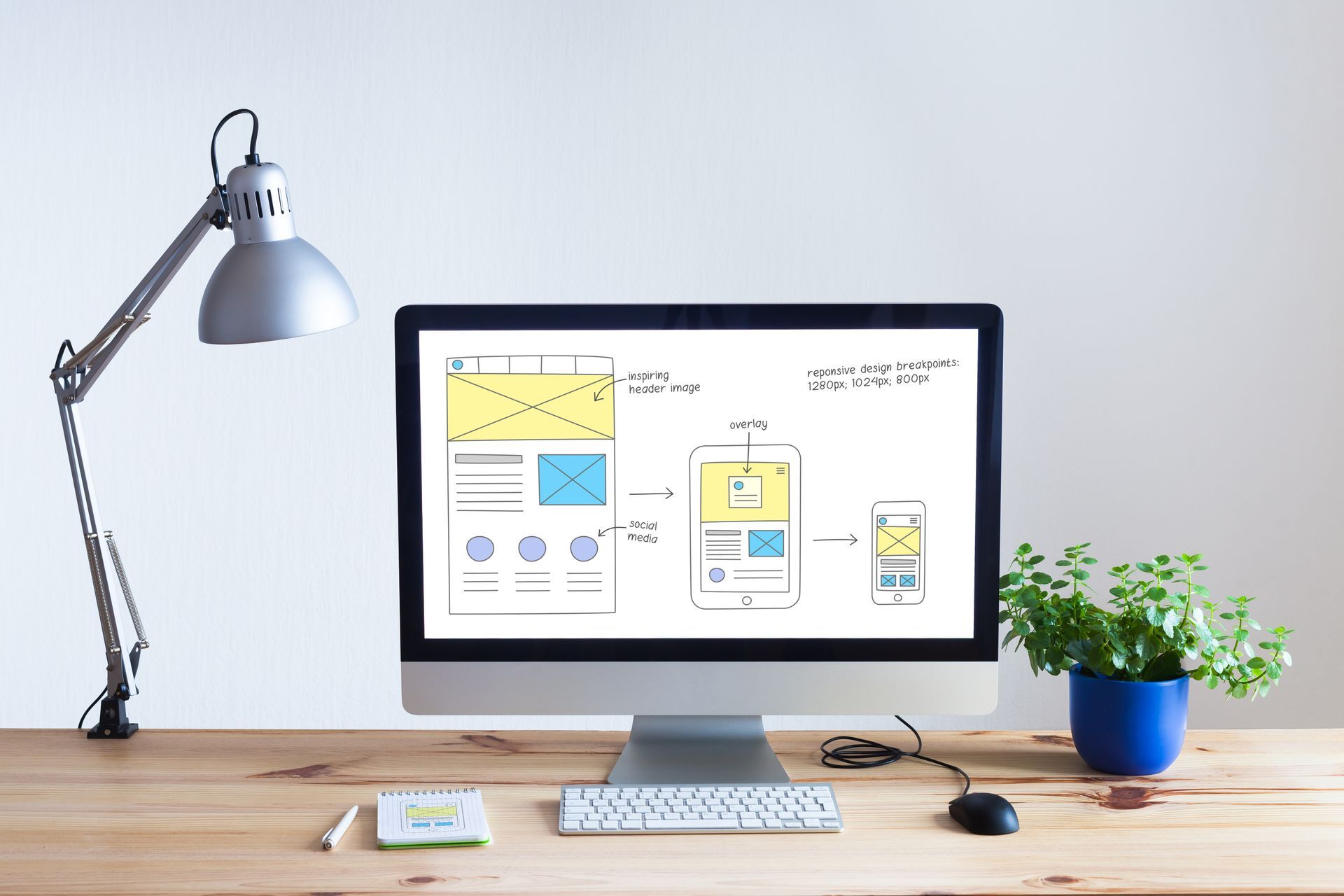Unveiling the Secrets of Effective Web Design in Liverpool
Unveiling the Secrets of Effective Web Design in Liverpool: A Guide to Building Stunning and High-Converting Websites
Are you ready to unlock the secrets to creating stunning and high-converting websites in Liverpool? Look no further! In this comprehensive guide, we will delve deep into the world of effective web design and reveal all the strategies you need to know.
With the ever-growing importance of a strong online presence, having a visually appealing and user-friendly website can make all the difference in attracting and retaining visitors. By implementing the right design elements, you can engage your audience, boost your brand's credibility, and ultimately drive more conversions.
Whether you're a business owner, a freelancer, or a web designer, this guide will provide you with the insights and techniques you need to create websites that captivate and convert. From choosing the right colour schemes and typography to optimising for mobile devices and enhancing user experience, we'll cover it all.
So, get ready to revolutionise your web design skills and unlock the secret to building stunning and high-converting websites. Let's dive in and explore the world of effective web design in Liverpool and beyond!
The importance of web design in achieving business goals
A well-designed website is a powerful tool for businesses of all sizes. In today's digital landscape, a company's online presence is often the first point of contact with potential customers. A visually appealing and user-friendly website can make a lasting impression, establish credibility, and ultimately drive conversions.
Effective web design plays a crucial role in achieving various business goals. A well-designed website can help increase brand awareness, as a visually striking and memorable online presence can make a company stand out in a crowded market. By incorporating the right design elements, businesses can effectively communicate their brand identity, values, and unique selling propositions to their target audience.
Moreover, a well-designed website can significantly improve the customer experience, making it easier for visitors to navigate, find the information they need, and take desired actions. A seamless and intuitive user experience can lead to increased engagement, higher conversion rates, and ultimately, more revenue for the business. In the highly competitive world of e-commerce, a visually appealing and user-friendly website can be the key differentiator that sets a business apart from its competitors and drives long-term success.
The importance of web design in achieving business goals
A well-designed website is a powerful tool for businesses of all sizes. In today's digital landscape, a company's online presence is often the first point of contact with potential customers. A visually appealing and user-friendly website can make a lasting impression, establish credibility, and ultimately drive conversions.
Effective web design plays a crucial role in achieving various business goals. A well-designed website can help increase brand awareness, as a visually striking and memorable online presence can make a company stand out in a crowded market. By incorporating the right design elements, businesses can effectively communicate their brand identity, values, and unique selling propositions to their target audience.
Moreover, a well-designed website can significantly improve the customer experience, making it easier for visitors to navigate, find the information they need, and take desired actions. A seamless and intuitive user experience can lead to increased engagement, higher conversion rates, and ultimately, more revenue for the business. In the highly competitive world of e-commerce, a visually appealing and user-friendly website can be the key differentiator that sets a business apart from its competitors and drives long-term success.

Conclusion
In conclusion, effective web design in Liverpool is a critical component of any successful online business strategy. By understanding the key principles of effective web design, incorporating the essential elements of a stunning and high-converting website, and leveraging best practices in user experience (UX) design, responsive design, and SEO optimisation, businesses in Liverpool can create an online presence that captivates their target audience and drives meaningful results.
As the digital landscape continues to evolve, it's essential for businesses to stay ahead of the curve and embrace the latest web design trends and techniques. By working with experienced web design professionals in Liverpool, businesses can unlock the secrets to building websites that not only look great but also deliver a seamless and engaging user experience, ultimately driving increased conversions and long-term success.
So, if you're a business owner, a freelancer, or a web designer in Liverpool, take the time to dive deeper into the world of effective web design and unlock the keys to creating stunning and high-converting websites that will propel your online presence to new heights. The opportunities are endless, and the rewards can be truly transformative for your business.














